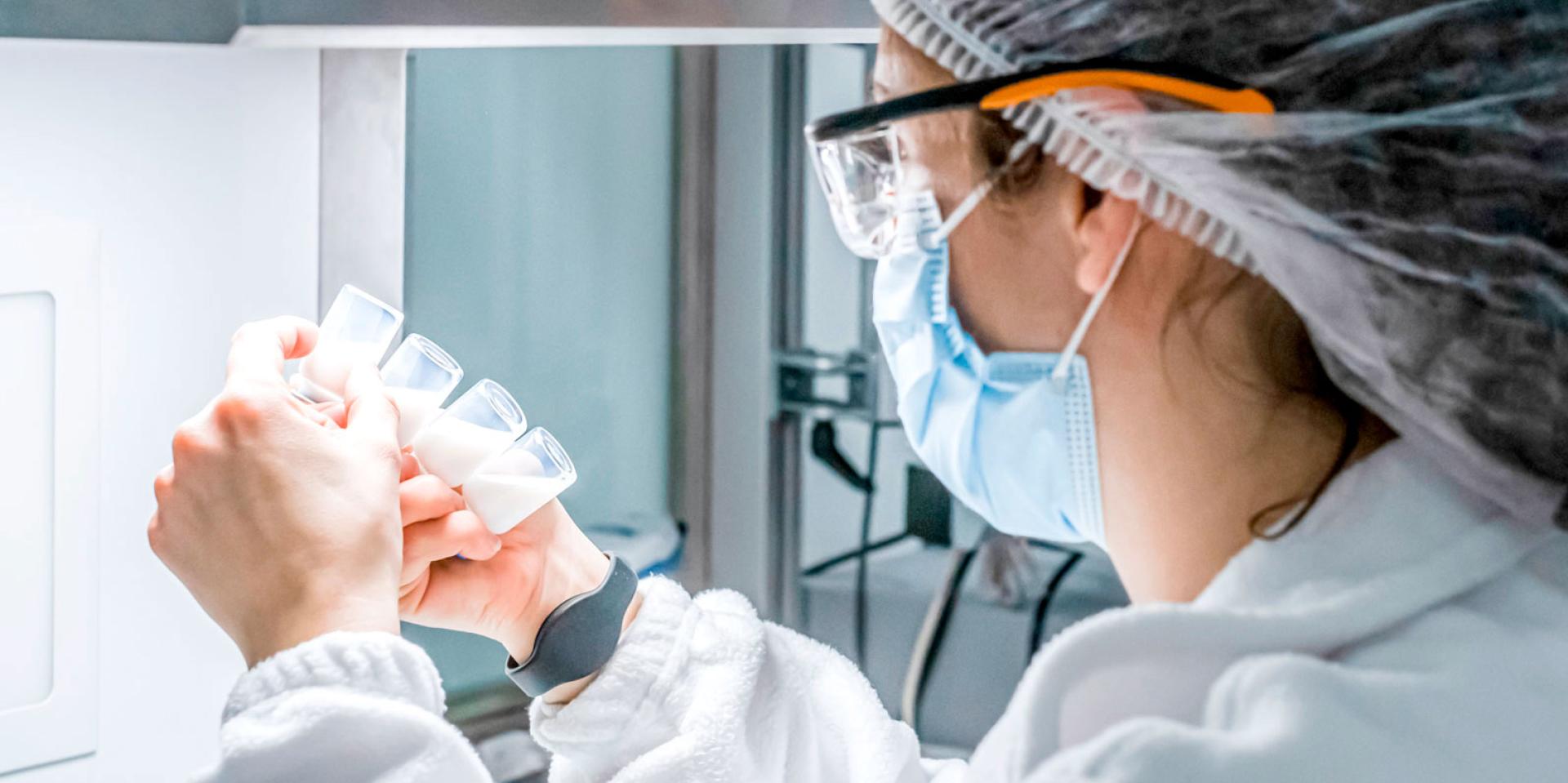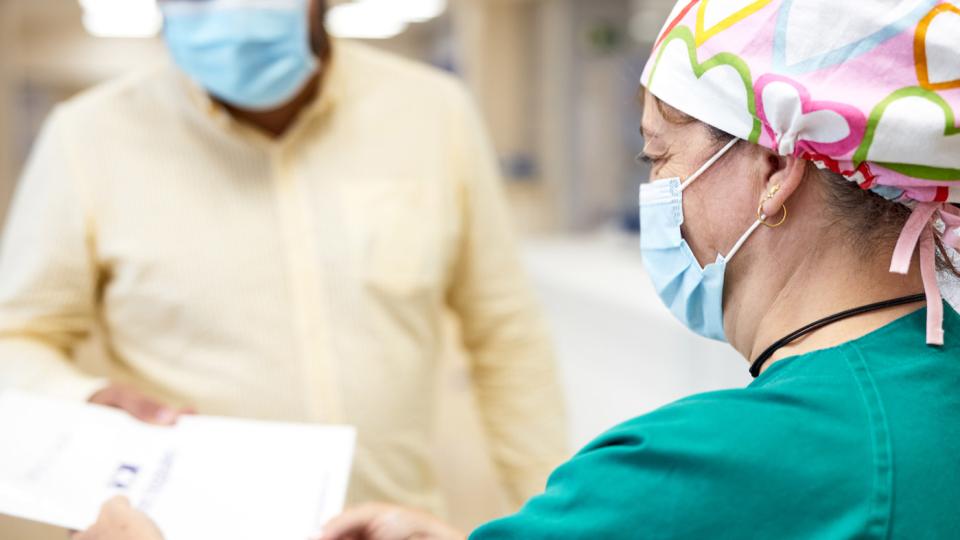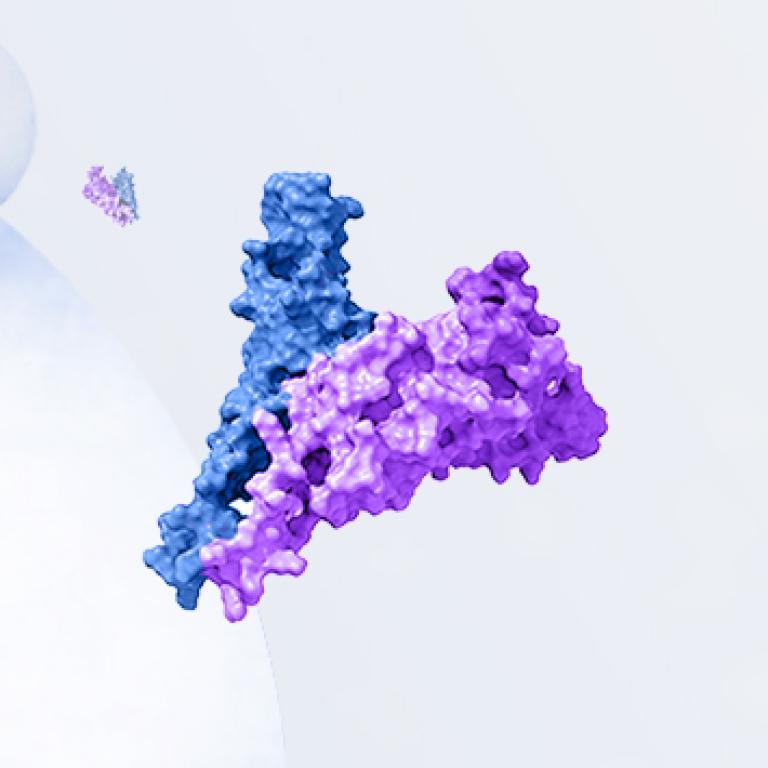코로나-19는 SARS-CoV-21로 알려진 코로나바이러스에 의해 발생하는 전염성 질병입니다. 코로나바이러스는 인간, 조류 및 포유류를 감염시킬 수 있는 광범위한 종류의 바이러스입니다. 이것들은 종종 동물에서 사람에게 전달될 수 있습니다2.

세계보건기구(WHO)는 중국의 우한에서 “바이러스성 폐렴” 사례가 발생했음이 공표된 후인 2019년 12월 31일 이 신종 바이러스의 존재를 통보받았습니다1. WHO가 코로나-19의 발생을 국제적으로 중요한 공중 보건 비상사태로 공표하는 2020년 1월 30일까지 1월 한 달 동안 매일 수천 명의 신규 감염이 진단되면서 확인된 감염 사례의 숫자가 갑작스럽게 늘어났습니다. WHO가 코로나-19를 공식적으로 글로벌 대유행으로 공표한 것은 2020년 3월 11일이었습니다3.
감염된 대부분의 사람들은 경증 또는 중간 중증도의 호흡기 질환을 경험하고, 특별한 치료 필요 없이 회복합니다. 그러나, 일부 사람들은 중증을 앓게 되고 치료를 필요로 합니다. 노인 및 기저 질환(예, 심혈관 질환, 당뇨병, 만성 호흡기 질환 또는 암)을 앓고 있는 사람들은 중증으로 발전할 가능성이 더 높습니다4.
코로나-19는 감염된 사람이 바이러스가 포함되어 있는 호흡기 미세입자 및 비말을 내쉬면서 확산됩니다. 이 호흡기 입자 및 비말은 타인이 흡입하거나 눈, 코 또는 입에 떨어질 수 있습니다. 일부 상황에서 이로 인해 다른 사람들이 만지는 표면이 오염될 수 있습니다. 코로나-19에 감염된 사람은 누구든지 질병을 퍼트릴 수 있으며, 증상이 나타나지 않는 경우일지라도 그럴 수 있습니다5.
바이러스의 확산을 중지시키기 위해 준수해 온 중요한 기초 예방 대책은 다음과 같습니다6.
• 비누 및 물로 손 자주 씻기 또는 액체형 손 소독제 이용하기.
• 안전 거리를 유지할 수 없는 경우 안면 마스크 착용하기.
• 많은 사람들이 있는 공간, 적절하게 환기되지 않는 실내 공간, 그리고 다른 사람들과 장시간의 접촉을 피하기.
• 표면 접촉을 피하기, 특히, 공공 장소 또는 의료 시설에서 조심하기.
• 어떤 증상이 나타나는 경우, 집에 머물기.
• 현지 백신 지침 및 권장사항 따르기.

코로나-19에 관한 HIPRA의 약속
HIPRA는 백신 개발을 통해 전염병과 싸워 온 50년 이상의 경험을 바탕으로 건강, 사람, 사회 및 발전에 전념하는 기업입니다. 이와 같은 이유로, 예외적인 상황에 직면했기 때문에, HIPRA는 대유행의 초기부터 SARS-COV-2에 대한 재조합 단백질 백신을 개발하여 대유행과의 싸움을 위해 회사의 노하우를 기여하기로 선택하였습니다 (2023년 3월 31일 EMA 마케팅 승인).
서지 참조:
1. 세계보건기구(WHO). Basic information about COVID-19(코로나-19에 관한 기본 정보). [Internet] https://www.who.int/emergencies/diseases/novel-coronavirus-2019/question-and-answers-hub/q-a-detail/coronavirus-disease-covid-19에서 보실 수 있습니다 (마지막 방문: 2023년 3월 8일)
2. “Information for the public. Questions and Answers about the new COVID-19 Coronavirus [Internet]”(대중을 위한 정보. 새로운 코로나-19 코로나바이러스에 관한 질의 응답). https://www.sanidad.gob.es/en/profesionales/saludPublica/ccayes/alertasActual/nCov/ciudadania.htm에서 보실 수 있습니다(마지막 방문: 2023년 3월 8일).
3. Hu B, Guo H, Zhou P, Shi ZL. Characteristics of SARS-CoV-2 and COVID-19(SARS-CoV-2 및 코로나-19의 특징). Nat Rev Microbiol. 2021;19(3):141-154.
4. 세계보건기구(WHO). Coronavirus(코로나바이러스). [Internet] https://www.who.int/health-topics/coronavirus#tab=tab_1에서 보실 수 있습니다(마지막 방문: 2023년 3월 8일).
5. Centres for Disease Control and Prevention(질병통제예방센터). [Internet]. https://www.cdc.gov/coronavirus/2019-ncov/prevent-getting-sick/how-covid-spreads.html에서 보실 수 있습니다 (마지막 방문: 2023년 3월).
6. 세계보건기구(WHO). Questions and answers about the spread of COVID-19(코로나-19 확산에 관한 질의 응답). [Internet] https://www.who.int/news-room/questions-and-answers/item/coronavirus-disease-covid-19-how-is-it-transmitted에서 보실 수 있습니다(마지막 방문: 2023년 3월).

